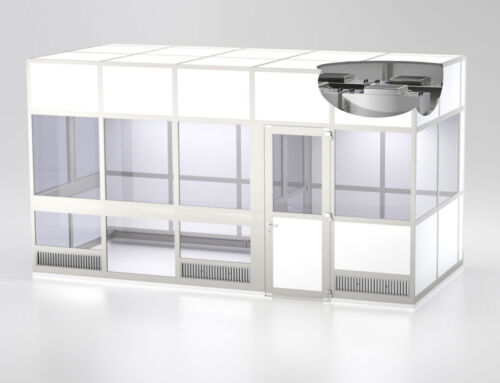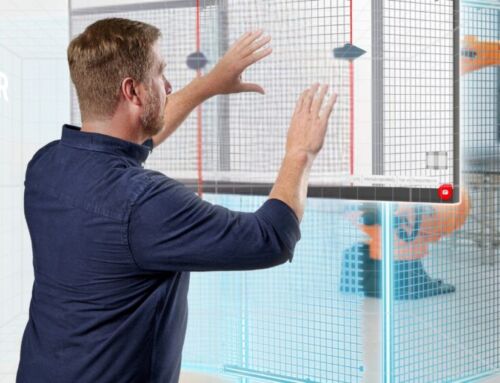Once more the year is almost over and the holidays are fast approaching. All the more reason to look back at the blog highlights of 2018. At the same time, we’re signing off for a short Christmas break.
After the over-indulgent festivities of the holiday season, the item blog kicked off the new year with an introduction to lean production methods. This is a great place to get an overview of lean terminology. Two more posts at the beginning of the year continued the lean theme. The first was about RWTH Aachen University, which had launched a practical course that teaches students lean assembly on a U-shaped cell. The second was on the CETPM and its new building, where a “Lean 4.0 lab” with integrated Karakuri solution enables an even better form of lean training.
Becoming more efficient with digital engineering
In the spring, our post “Digital engineering – designing online made simple” was the springboard for an issue that would come to shape 2018 for item. The item Engineeringtool, which is continuously growing, allows users to design 3D constructions using item components from the comfort of their web browser – without having to install any additional software. This means standard tasks can be completed more quickly, and even users with no previous experience find the whole design and configuration process easy. Florian Palatini, head of sales, was the subject of our interview with an expert, and this further expanded on the topic of digital engineering. Networking between design engineers and projects is at the heart of this, which means that engineers are increasingly taking on the role of a project manager. Other posts were devoted to data security in the face of digitalisation in the mechanical engineering sector and a basic explanation of what digitalisation actually is.
The entire world of item
Alongside these insights into the mechanical engineering of the future, we still stayed true to our roots. For example, we went back to Solingen in the 1970s and the origins of the MB Building Kit System. Shortly after, we dedicated a whole post to expounding the benefits of aluminium profiles. These benefits are particularly obvious in comparison with steel, as only three process steps are required instead of eight. Plus, aluminium is far lighter than steel, while also being very strong and exceptionally corrosion-resistant. The quality of fasteners for aluminium profiles is also of vital importance in this context. Thanks to our quality policy, we are able to provide targeted assistance to our customers in successfully meeting the challenges of specialist mechanical engineering.
Stylish and functional
We are always fascinated by the unusual ways our solutions are used. For example, we were particularly impressed by the world’s largest 360-degree display in the Autostadt Wolfsburg. The basic construction uses curved profiles from the MB Building Kit System. In the Sivasdescalzo sneaker store in Barcelona, our profile technology is not just to be found in the frame structure of the shelving. Used in the place of steps and to form display platforms, it also adds to the store’s stunning look. Munich-based start-up Spyra has also taken a liking to our profiles, which offer a flexibility and stability that turned out to be perfect for the prototype and a test channel for the innovative Spyra One water pistol.
We hope this year’s blog posts about solutions, applications and people from the world of item have been a useful source of inspiration. We’d like to wish all our readers, customers and partners a very happy festive season and a great start to the new year! We’re taking a little break, but will be back after the holidays, with the first article for 2019 on 9 January.









